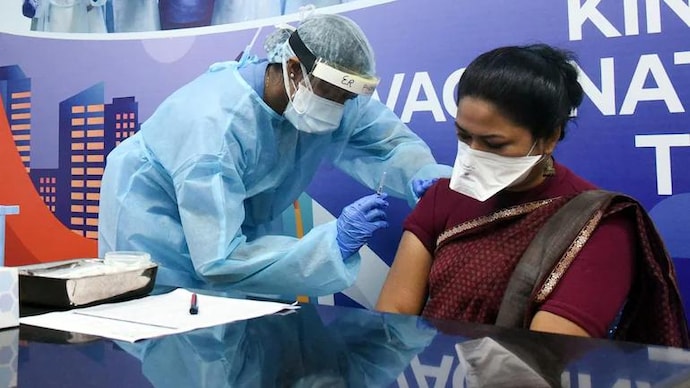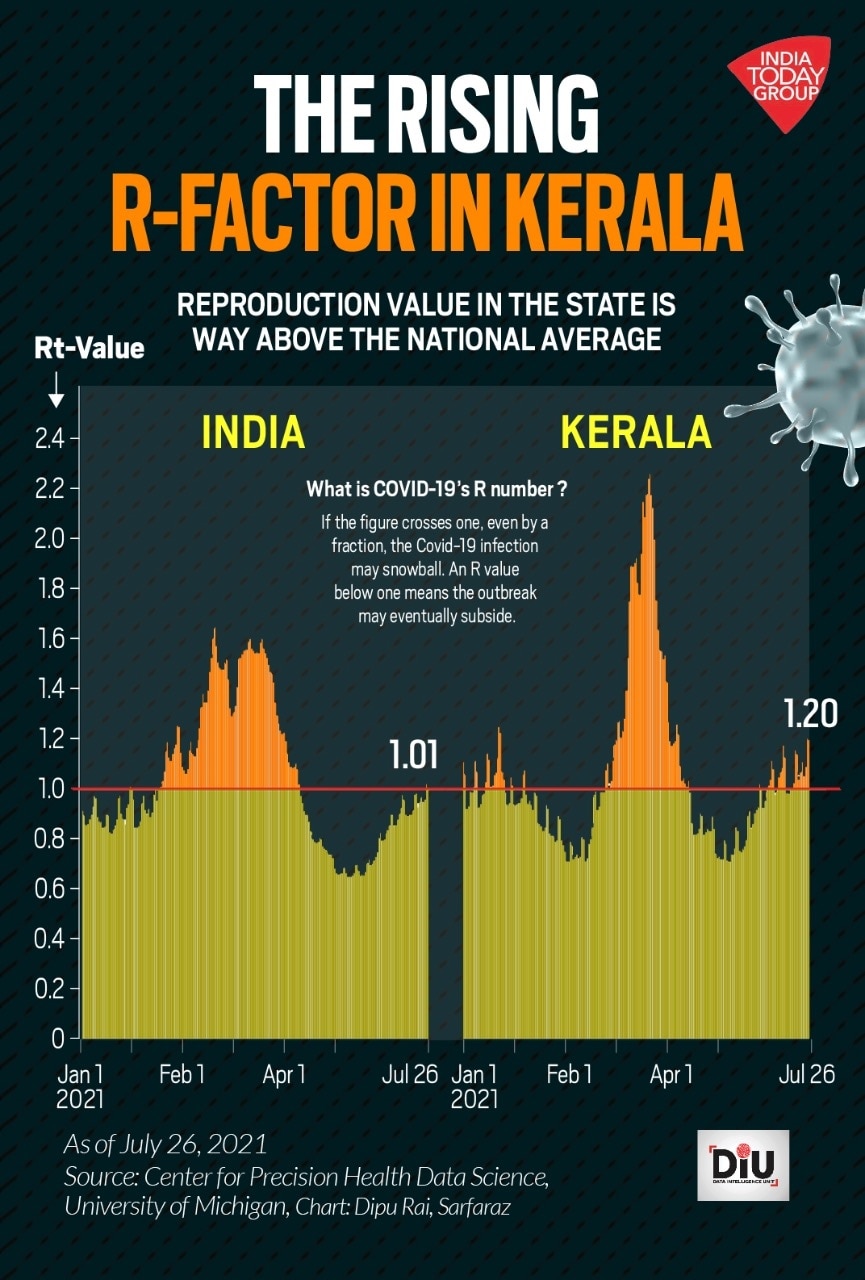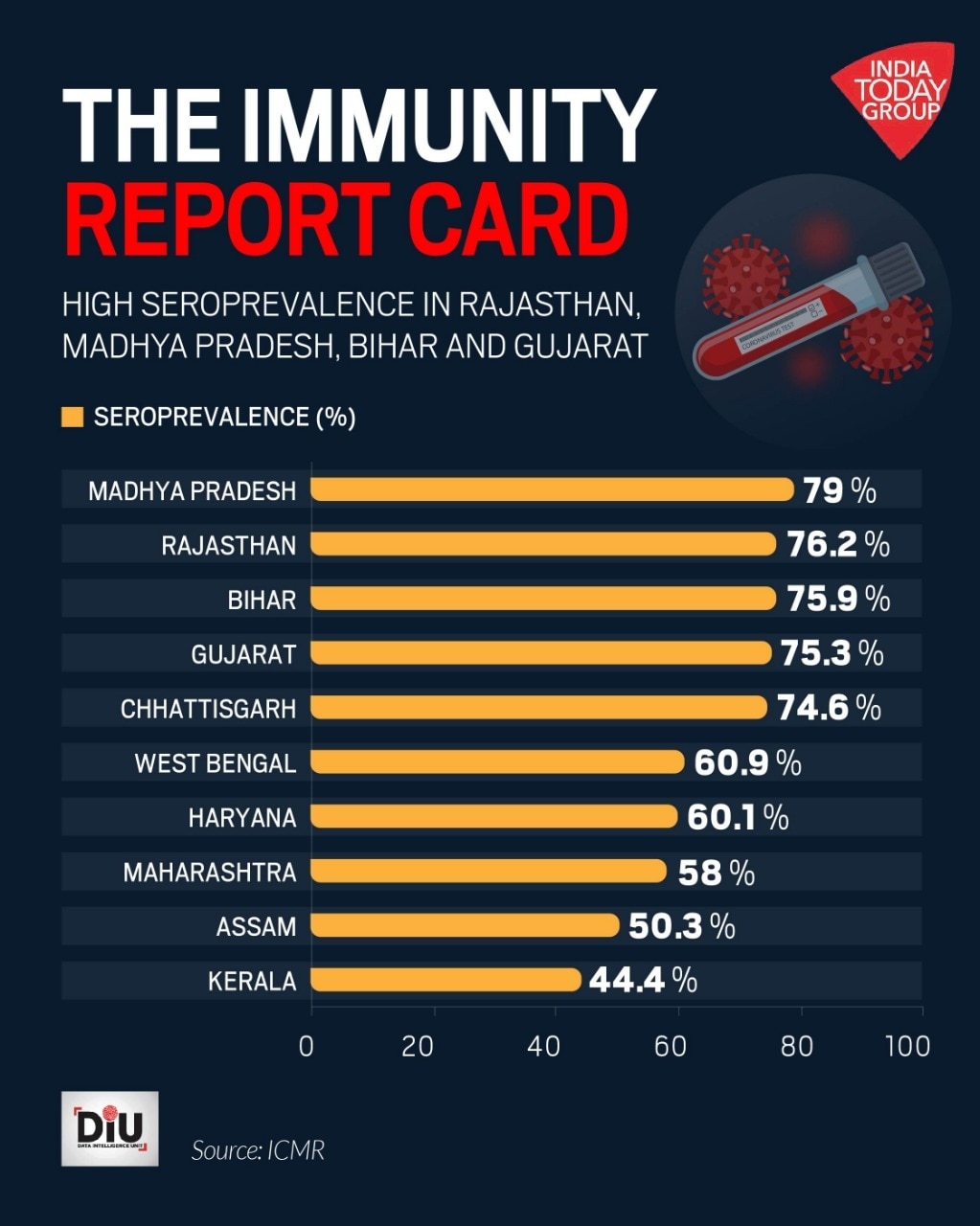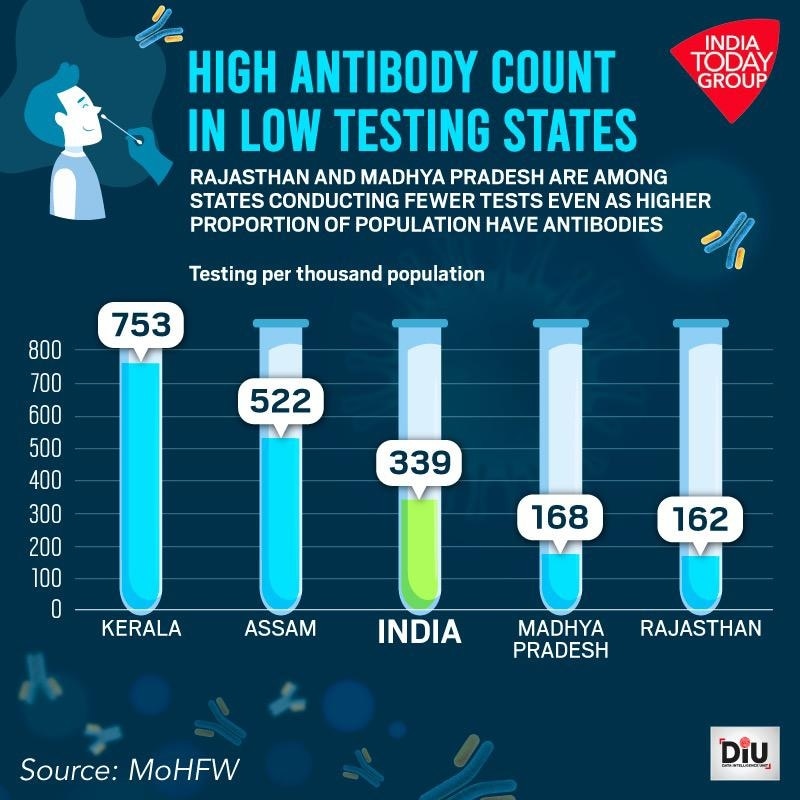Why Kerala continues to add to its already bloated Covid caseload
While the Covid-19 fury seems to have cooled down in the rest of the country, Kerala is still registering a daily infection count of over 20,000 cases. But what explains the situation in Kerala? Read on to know.

Kerala seems to be an outlier with a daily infection count of more than 20,000 even as all other states are reporting fewer numbers. The weekly average of new Covid-19 cases in the state has shot up and the reproduction value, an indication of how infectious the virus is going to be, is much higher than the national average.
What explains the situation in Kerala? Bhramar Mukherjee, a biostatistician at the University of Michigan, argues that it could be because of higher testing and low seroprevalence score. In a tweet, she wrote: “Kerala is doing nearly three times more tests than West Bengal (which has three times larger population), has seroprevalence around 43% (68% nationally), CFR 0.5% (1.3% nationally).”

In other words, a low seroprevalence score means a majority of the state population is yet to develop antibodies. They are therefore susceptible to catch infection and higher testing is a way to detect that. While the state continues to report a much higher count of daily cases, case fatality rate is much lower than the national average.
Gautam Menon, a professor at Ashoka University, told India Today that, "These results are largely as expected. I note that Kerala, a state which has not hesitated to enforce rigorous measures to enforce distancing, has relatively low seroprevalence compared to all other states."
ALSO READ | Complete weekend lockdown to be imposed in Kerala amid spike in Covid cases
Contrast this to the situation in Madhya Pradesh and Rajasthan, the two states with very high seroprevalence scores. While the seroprevalence score in Madhya Pradesh is 79 per cent, it stands at 76.2 per cent in Rajasthan.
Seroprevalence tells us about the percentage of the population with antibodies to fight an infection, according to the Centers for Disease Control and Prevention. Higher seroprevalence means more people encountered Covid-19 and developed antibodies against the virus.

According to Indian Council of Medical Research’s survey, Assam and Kerala are the two states with lowest seroprevalence. They are the ones reporting higher case count in recent weeks.
ALSO READ | Kerala now accounts for 50% of all new Covid cases in India, worried Centre intervenes
Data also show that states with low seroprevalence are testing more. While Kerala has been conducting 753 tests for every 1,000 population against the national average of 339, the numbers for Madhya Pradesh and Rajasthan are 168 and 162 respectively.

Even as the high seroprevalence in many states except Kerala, Assam and Maharashtra indicates the presence of antibodies among a large section of population, the guard can’t be lowered against the virus.
ALSO READ | Seropositivity highest in Madhya Pradesh, lowest in Kerala, finds ICMR's national sero-survey
“The fourth national serosurvey has useful information but again should not give us security about herd immunity,” Bhramar Mukherjee said in a different tweet. There is extensive regional variation and with more transmissible variants, the herd immunity threshold is pushed to 80-85 per cent, she argues.
